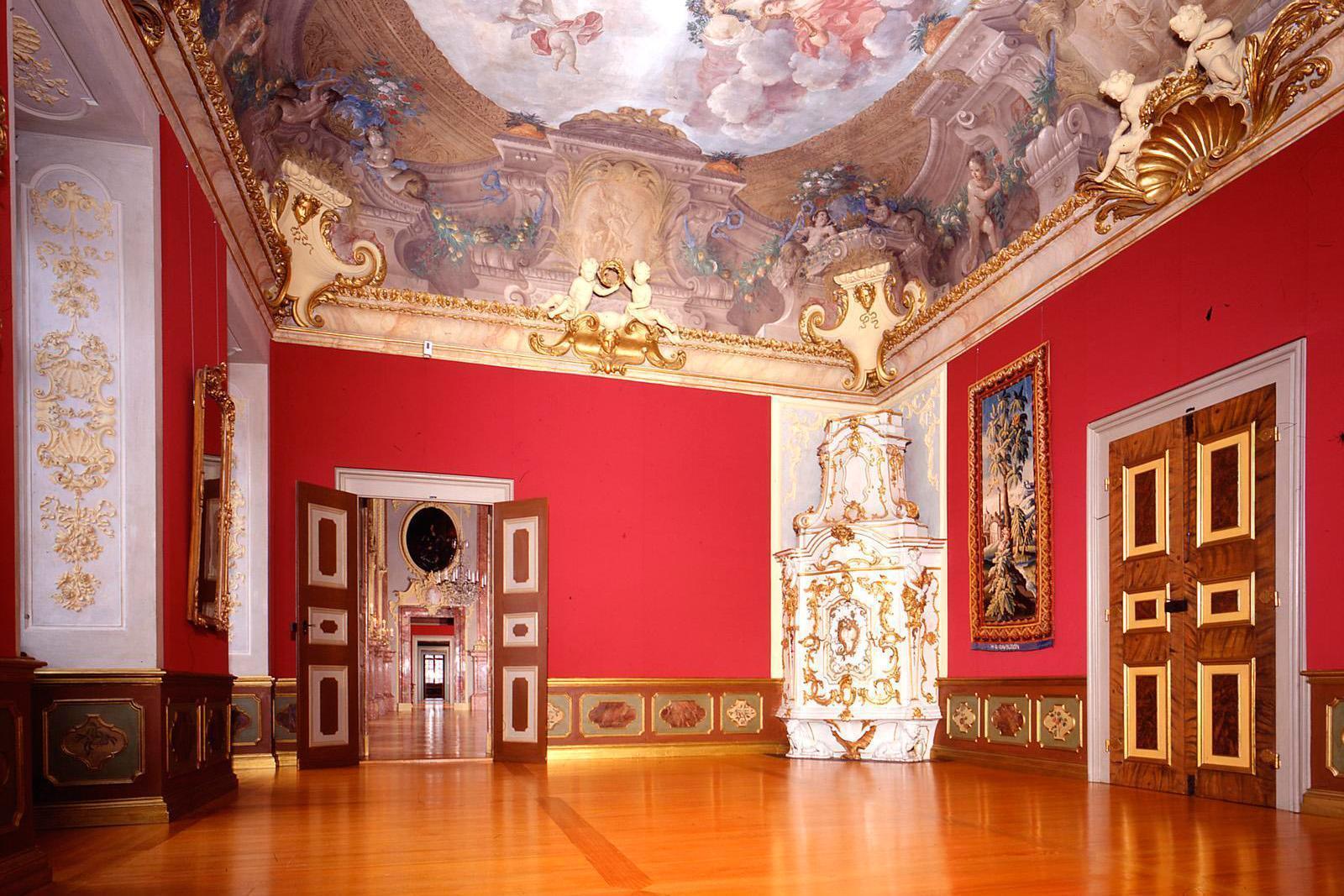From the princess´table to the page´s table
There were different tables for different members of the court. They followed a hierarchy, which dictated the table arrangements. Royal members of court were seated at the princes' table, the rest according to their rank, either at the marshals' table, the squires' table, the controllers' table, or at the royal valets' table, the footmen's table or the pages' table. The food traveled quite a distance before it reached the tables: The royal kitchen was located in a different wing and the royal household servants had to carry the dishes to the hall. Margrave Ludwig Wilhelm had decreed that the pages and chamberlains would bring the meals to the table while the footmen would take them away again. The cup bearer brought the wine, chilled it and served it to the royal members of court.







